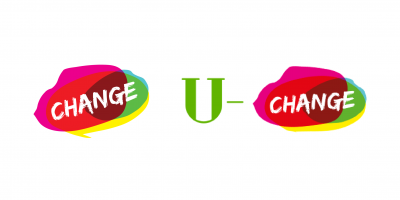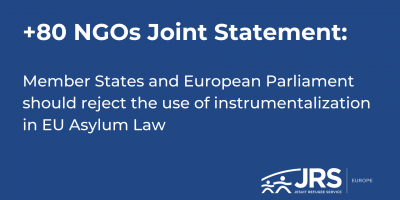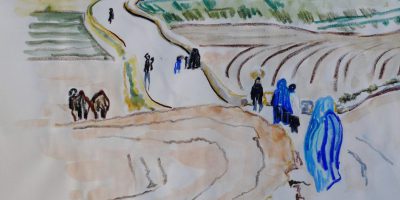Awareness raising
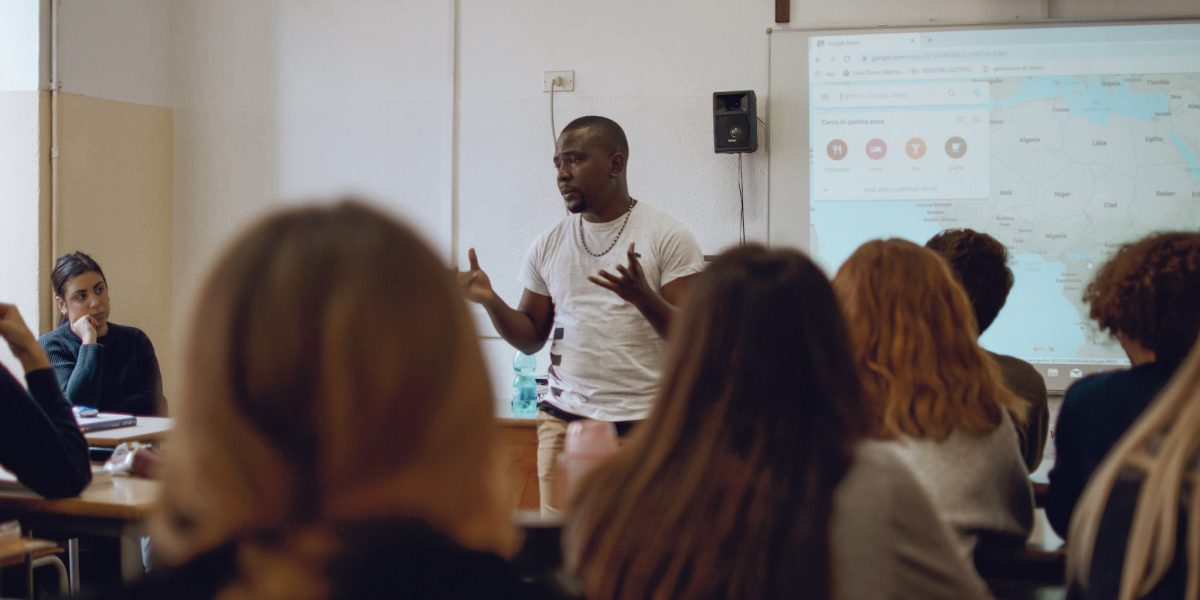
What is awareness raising?
Awareness Raising is the work of informing as many people as possible about the reality of refugees and other forcibly displaced people.
JRS seeks to do that by bringing the voice of refugees and migrants to the forefront of conversations about their rights, their current situations and their hopes for the future.
Challenges in today’s Europe
-
Current situation
The discourse around migration in Europe is increasingly dominated by racist and xenophobic rhetoric.
Several political forces systematically link migration to security issues, presenting people with migration backgrounds as a threat to European welfare and identity.
-
What we know
- The experience on the ground shows that there is widespread support across Europe for the inclusion of refugees in our societies.
- These voices, however, do not manage to become loud enough to impose a narrative change.
What we want to achieve
Promote positive narratives on migration
-
Our goal
JRS seeks to correctly inform the public, stimulate critical thinking, counter stereotypes and anti-migration discourse and foster a positive narrative that highlights both the importance of welcoming and protecting refugees and the positive contribution they can bring to societies.
-
The way we do it
- Hand in hand with advocacy work: we aim to influence policy decisions by helping to shape public opinion on key issues that can help contribute to change.
- With our partners across Europe: we promote common messaging using campaigning, press interviews, social media, videos and testimonials.
Our work
-
Resources
-
 Journeys of hope
Journeys of hopeListen to the voices of the refugees, so that you will better understand, with your mind and with your heart, the strong hope of people who have plunged into the unknown, just to seek peace and freedom and to save life.
-
-
Programmes
-
 CHANGE
CHANGEWe educate young people on issues faced by forced migrants and refugees. CHANGE fosters critical thinking skills among young people on the positive contribution of forced migrants to society through a combination of a fact-based curriculum and storytelling, creating classroom encounters with refugees and migrants, and supporting their own voices in schools and local communities.
I Get You
We believe that bringing people together is the best way to build mutual understanding. We esteem refugees’ own voices as crucial, since our mission and values are geared towards journeying with refugees and giving them a platform.
-
-
Campaigns
-
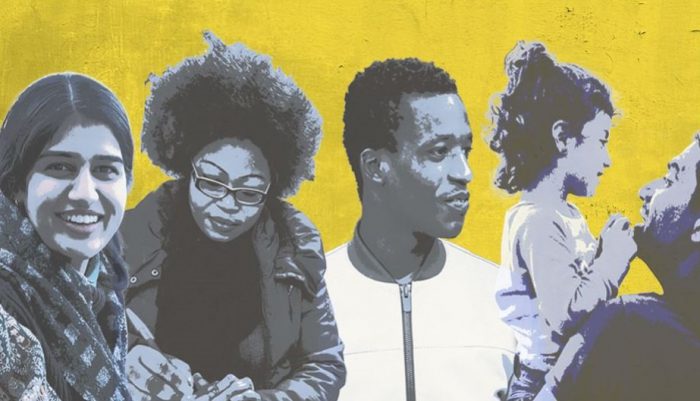 The Power of Vote
The Power of VoteJRS launched its first European campaign in 2019, ‘The Power of Vote’, as a call for European citizens to vote in the European elections while keeping in mind the rights of refugees and asylum seekers. The campaign focused on four areas: access to protection, alternatives to detention, dignified reception, and inclusion.
-
Programme Stories
Joining our voices to defend refugee rights
08 February 2024

JRS Europe presented CHANGE at the 8th European Migration Forum
13 December 2023
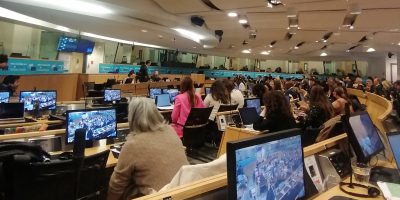
The joy of hospitality: keeping hope alive
02 February 2023
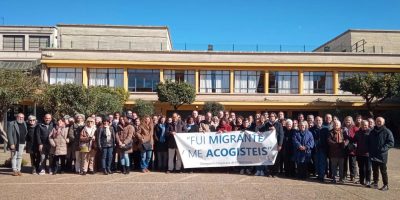
Reliving the Understanding CHANGE Event
30 August 2022

Understanding CHANGE event
17 June 2022
